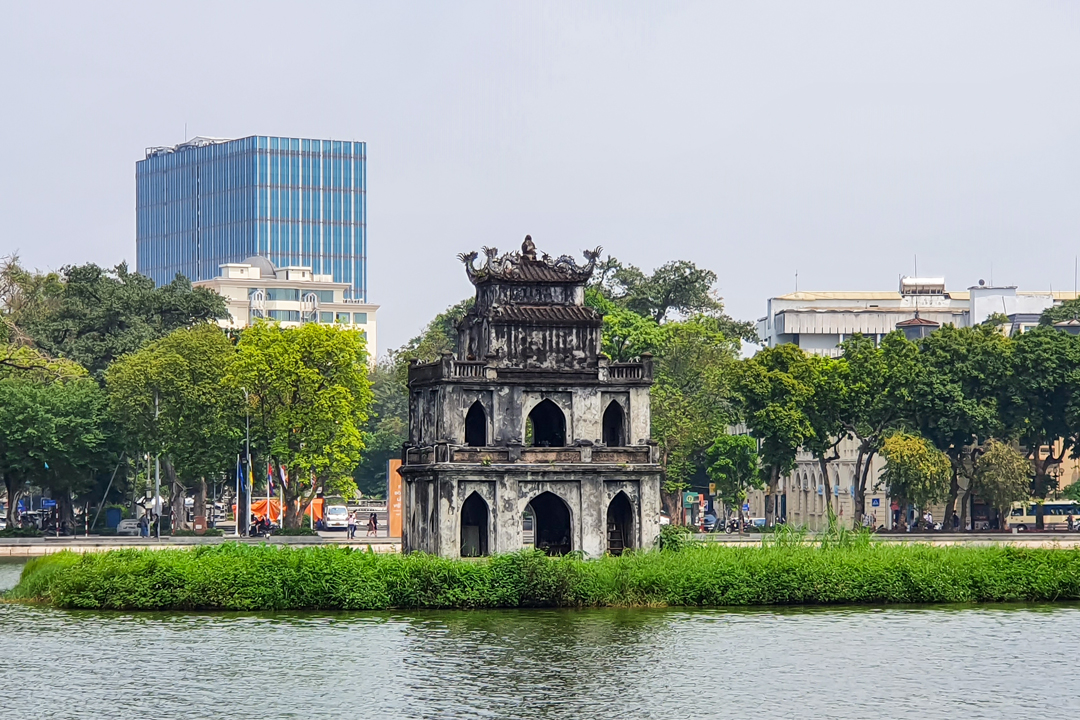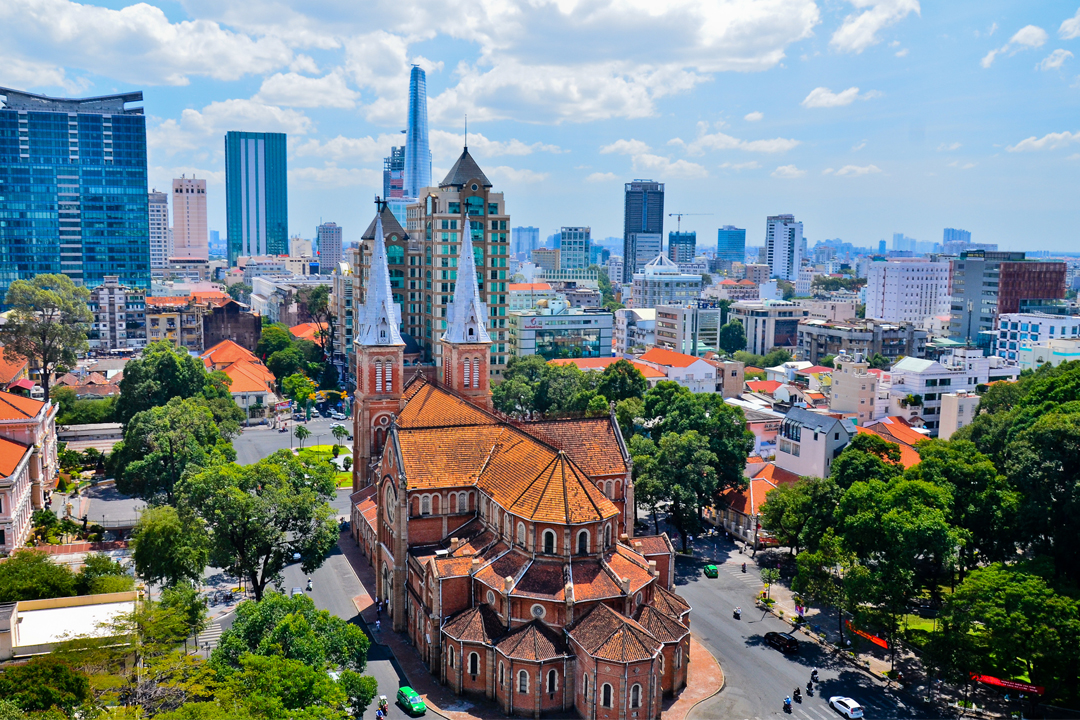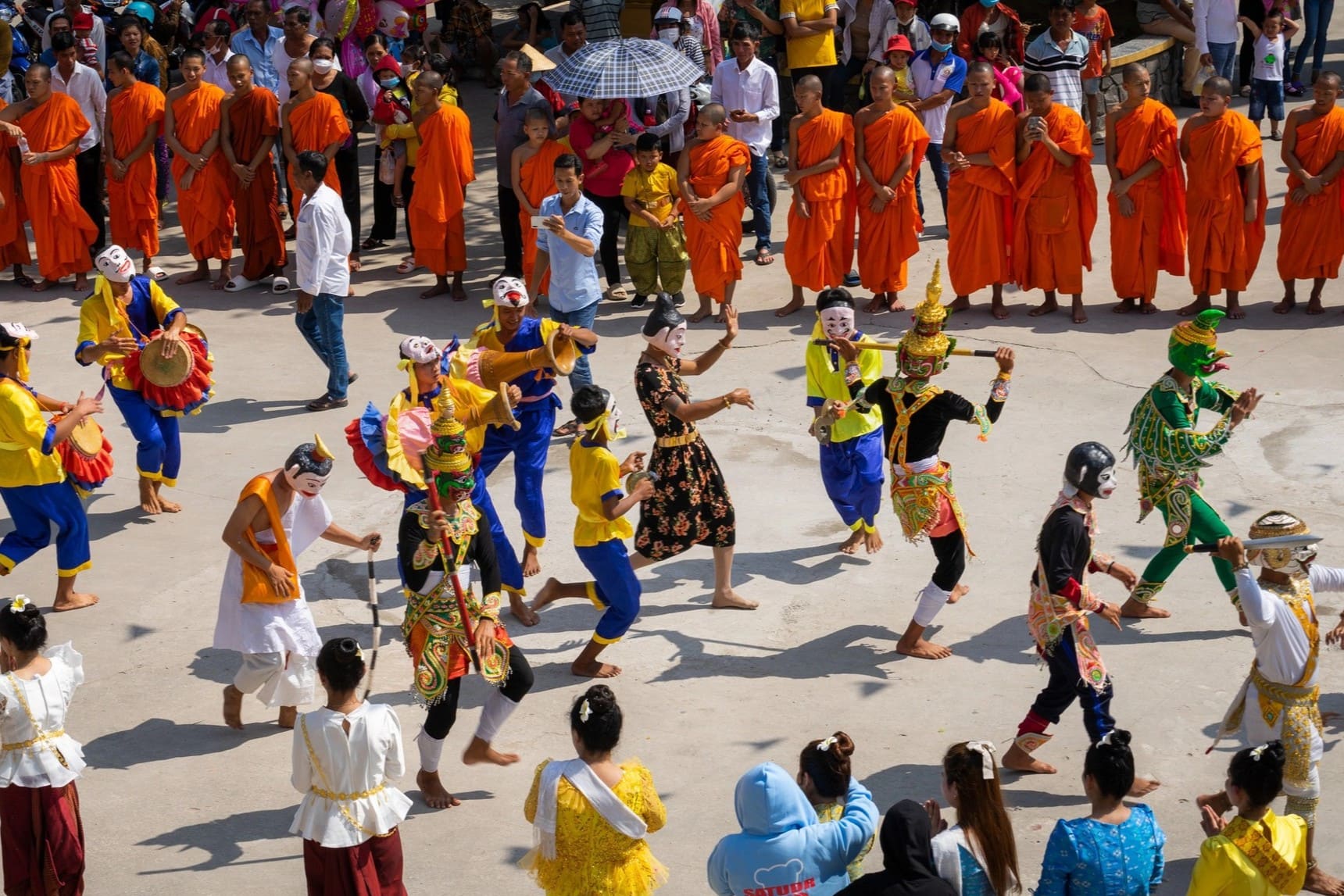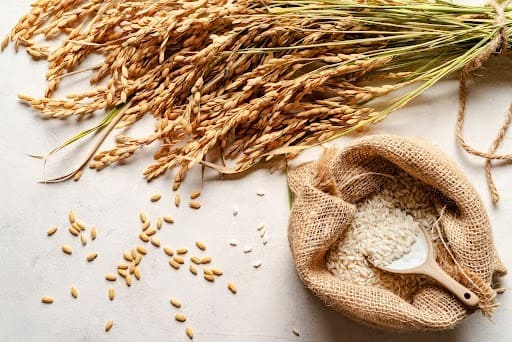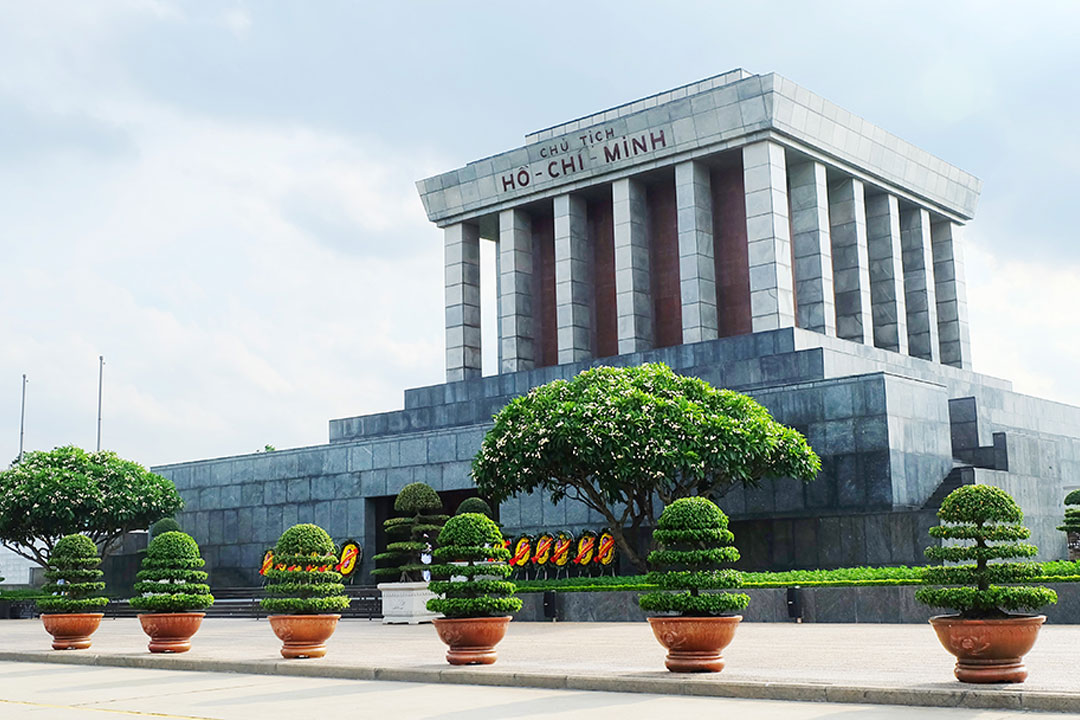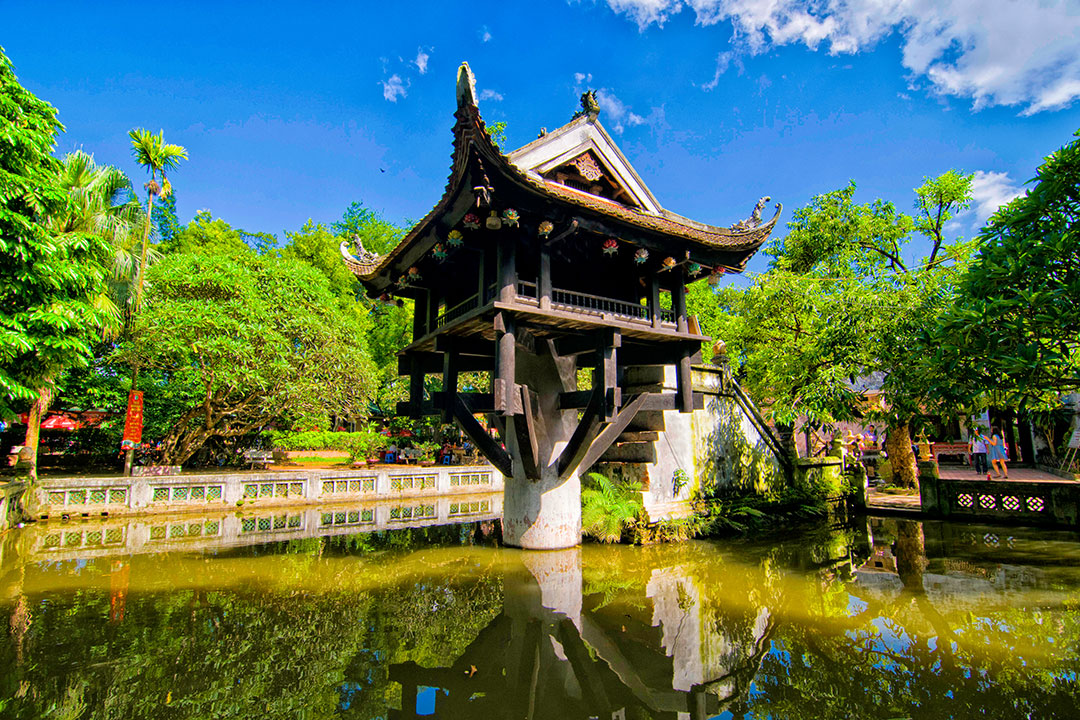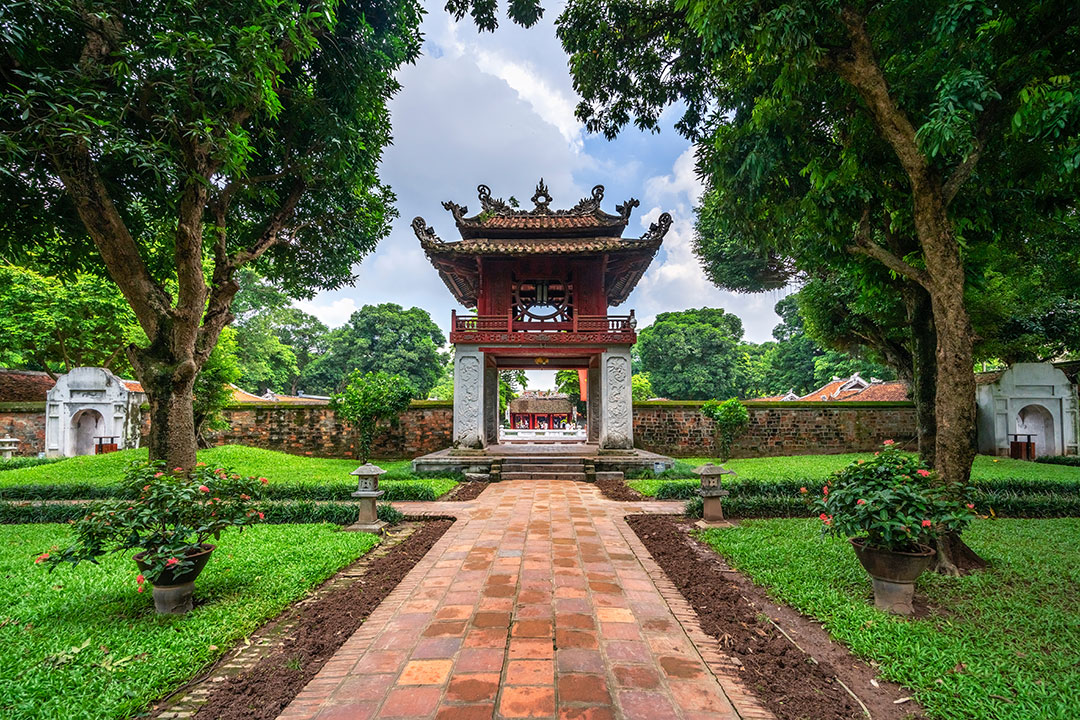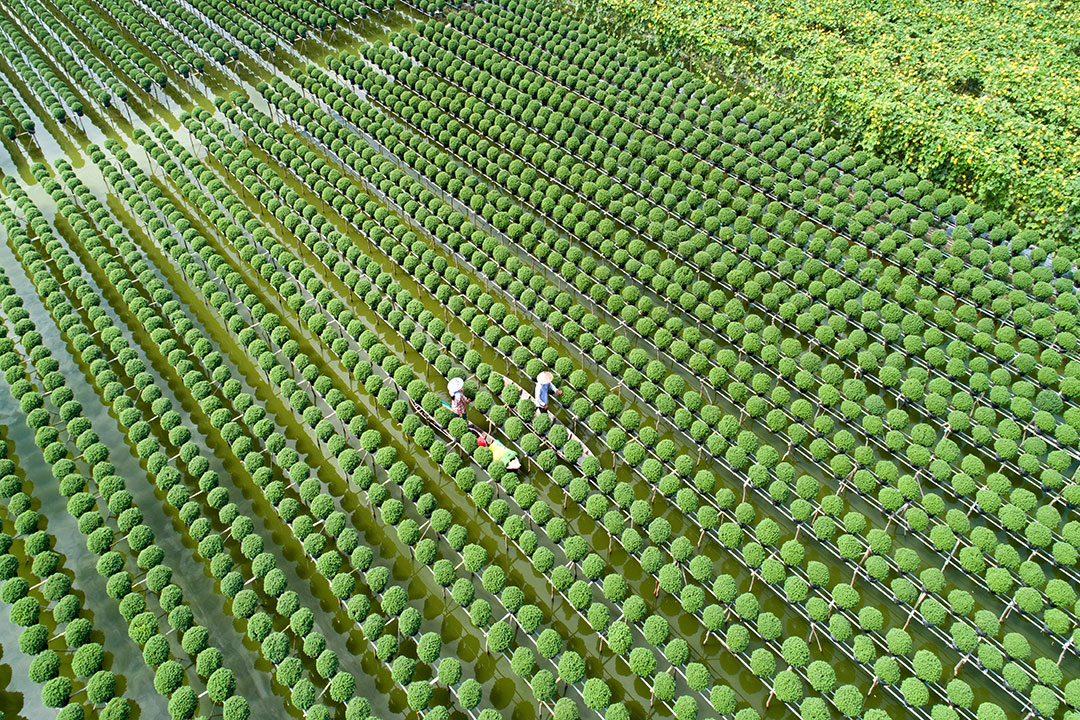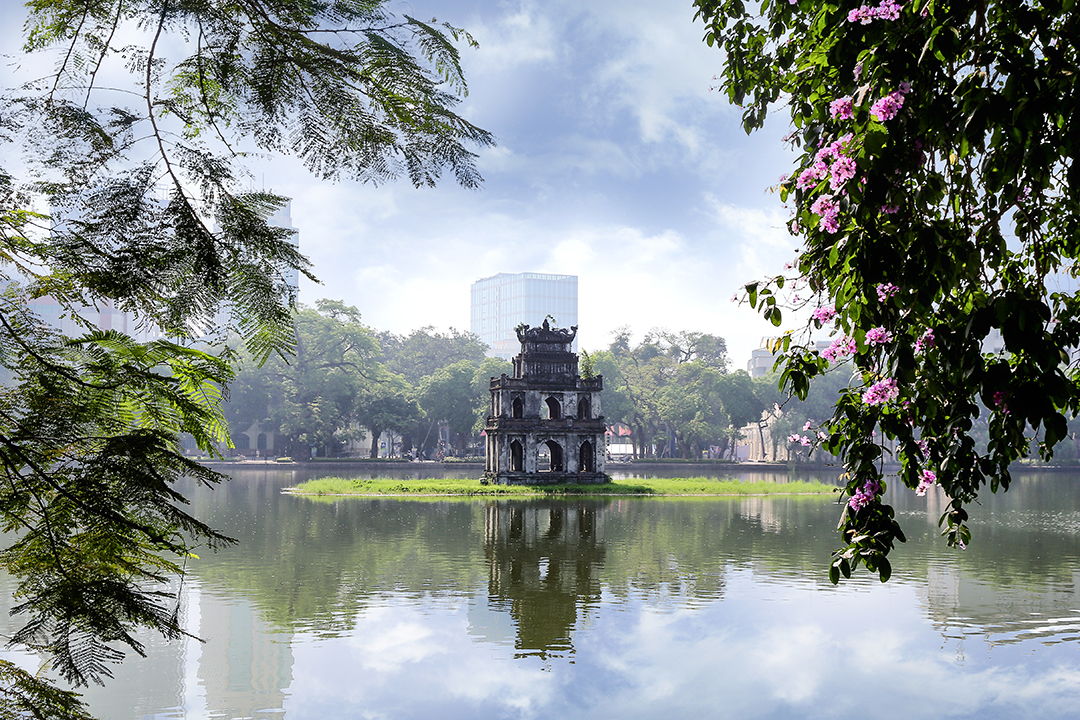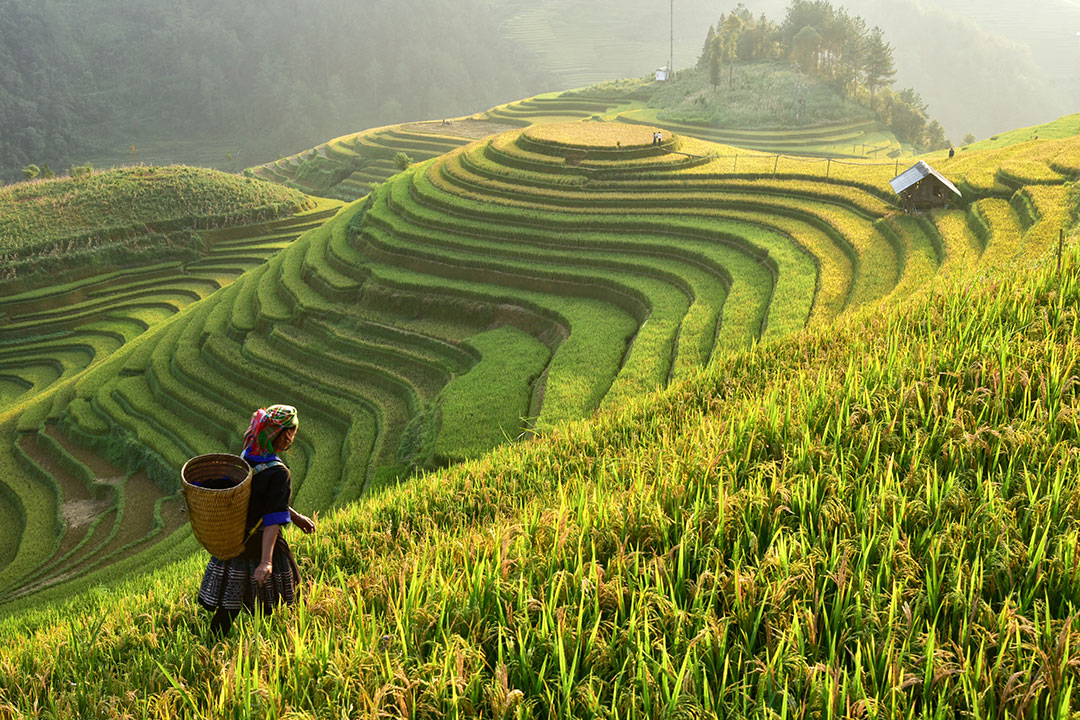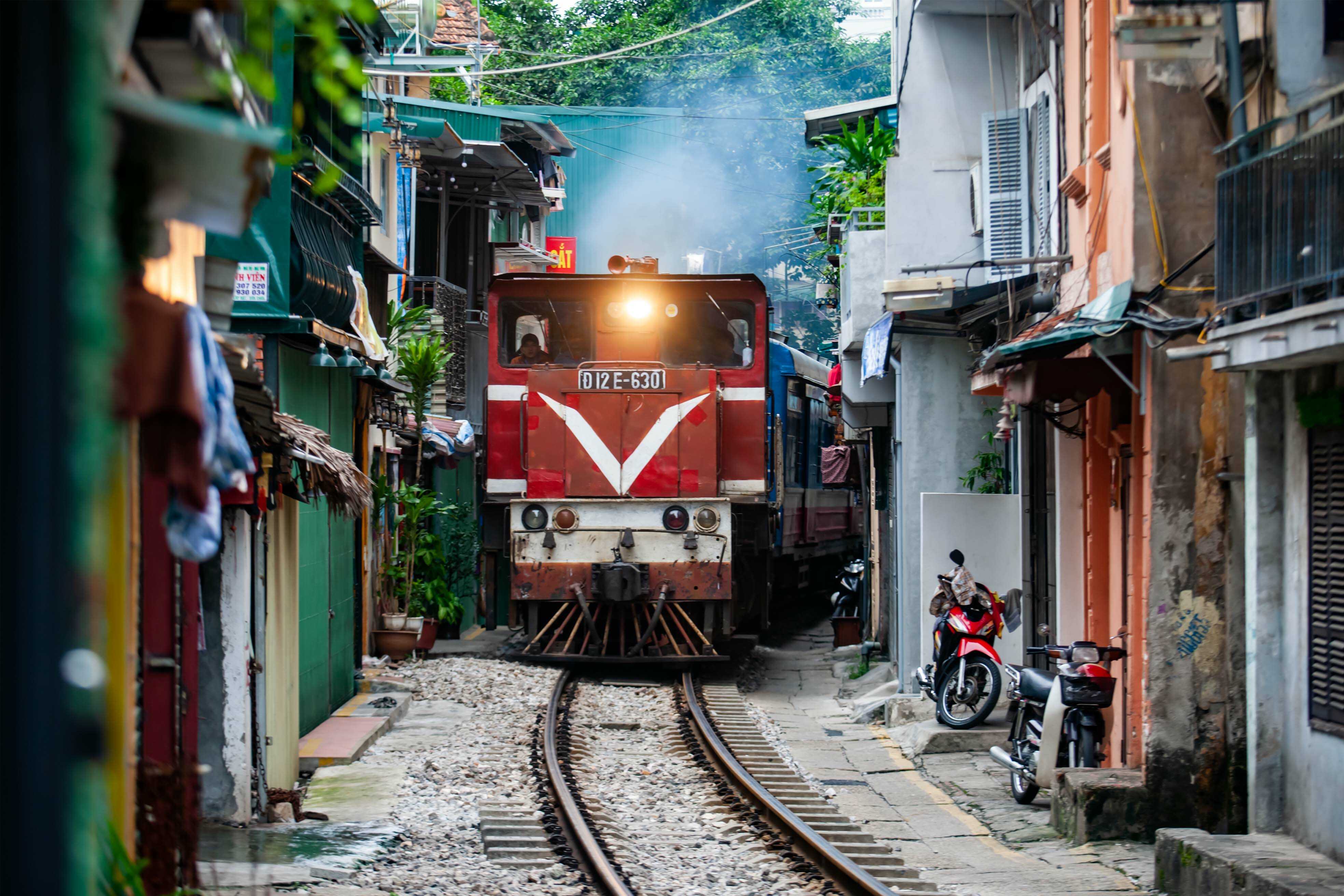Dong Xuan Market: History, Architecture, Things To Do & Travel Guide
Dong Xuan Market, nestled in the heart of Hanoi’s Old Quarter, offers visitors a lively window into Vietnam’s culture and commerce. Chaotic yet organized, historic yet ever-evolving, the market is a must-visit destination for travelers seeking an authentic slice of Hanoi life. Established in 1889 and revived after a fire in 1994, it has transformed from a wholesale hub into a bustling center of textiles, souvenirs, and street food. Its proximity to landmarks like Hoan Kiem Lake and St. Joseph’s Cathedral adds layers of cultural and historical significance. This GTrip guide will help you navigate Dong Xuan Market, uncover its architectural charm, and understand why it remains a vibrant thread in the story of Hanoi.
Where is Dong Xuan Market?
Location: Dong Xuan Street, Hoan Kiem Ward, Hanoi (near Hoan Kiem Lake and Long Bien Railway Station)
Dong Xuan Market is easily accessible by taxi, motorbike taxi, or public transportation, with several bus routes passing by, including buses numbered 1, 3, 4, 11, 14, 18, 23, 34, 22, 31, and 40. The nearest bus stop is the Dong Xuan Market bus stop. Visitors should be aware that traffic congestion is common in this area during peak hours.
As the largest covered market in Hanoi, Dong Xuan Market stands as a significant cultural and commercial hub in the city’s historic Old Quarter.
Opening hours and best times to visit Dong Xuan Market
Dong Xuan Market operates daily, offering two distinct experiences: the bustling day market and the lively weekend night market. Understanding the opening hours and peak times can help you make the most of your visit.
Opening hours
- Day market: Open daily from 6:00 AM - 6:00 PM. This is the main indoor market where wholesale and retail trading take place.
- Night market: Open on Fridays, Saturdays, and Sundays, from 6:00 PM - 12:00 AM. The night market is held outdoors along Dong Xuan Street and surrounding walking streets.
Best times to visit
Morning (6:00 AM - 10:00 AM):
- Ideal for experiencing the market at its calmest, as traders are setting up their stalls and fresh produce is at its peak.
- Cooler temperatures make it more comfortable to explore, especially during Hanoi’s summer months.
Evening (6:00 PM - 12:00 AM) (Weekend Night market):
- Perfect for enjoying Hanoi’s vibrant nightlife, browsing souvenirs, street food, and handmade crafts.
- Expect a festive atmosphere with cultural performances and bustling crowds.
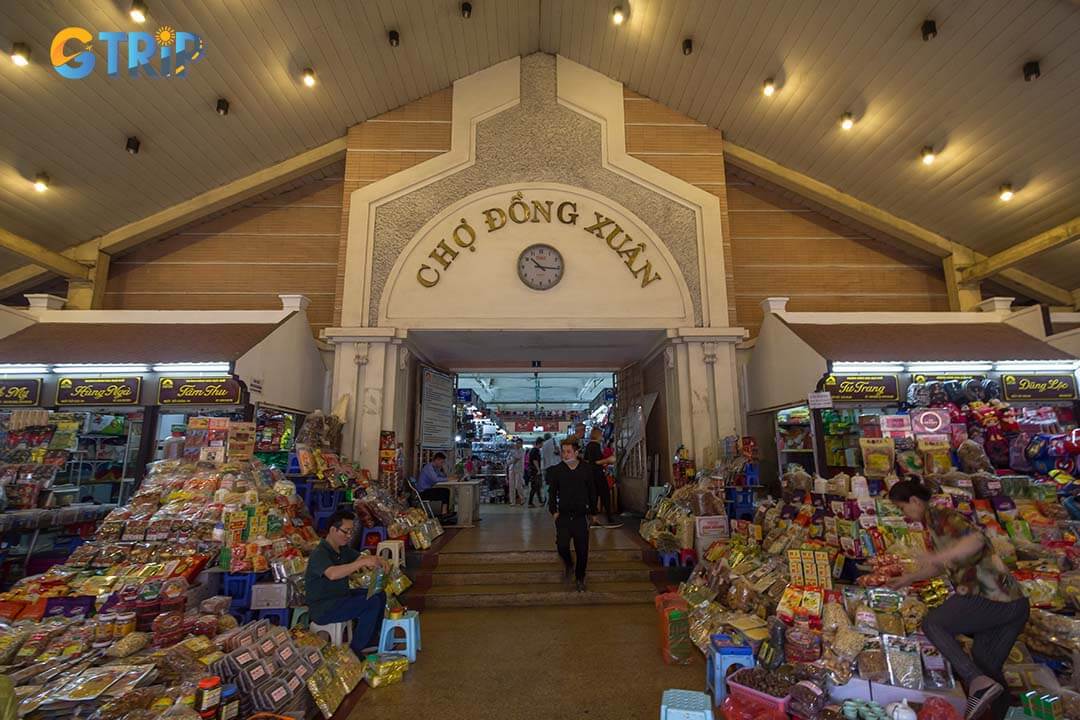
Dong Xuan Market offers two distinct vibes: a bustling day market and a festive weekend night market
How to get to Dong Xuan Market?
Reaching Dong Xuan Market, located in the heart of Hanoi’s Old Quarter, is both convenient and budget-friendly, thanks to the city’s diverse transportation options. Staying nearby or coming from Noi Bai International Airport, there’s a mode of transport to suit every traveler’s budget and preference.
From Noi Bai International Airport (≈ 26 km away)
- By taxi or ride-hailing app: Expect to pay around 250,000-350,000 VND (~$10-15) for a direct ride to Dong Xuan Market. Travel time is typically 40-60 minutes, depending on traffic.
- By airport shuttle bus: Public buses such as Bus No. 86 offer a direct and affordable route from the airport to central Hanoi. Get off at Long Bien Station, just a 5-minute walk from the market. Tickets cost around 45,000 VND (~$1.80).
- By private transfer: Many hotels and travel agencies offer private car services for around 400,000-600,000 VND (~$16-25), ideal for groups or those with heavy luggage.
From the Old Quarter
- On foot: Dong Xuan Market is within easy walking distance of most accommodations in the Old Quarter. From Hoan Kiem Lake, it’s just a 10-minute walk heading north along Hang Ngang or Hang Duong Street.
- By cyclo (pedicab): A traditional cyclo ride is a fun, slow-paced way to explore the area. Fares are negotiable but typically range from 50,000-100,000 VND (~$2-4) for a short ride.
- By motorbike taxi: Use apps like GrabBike or BeBike for quick trips under 20,000-30,000 VND (~$0.80-1.20), depending on distance.
From other districts in Hanoi
- By bus: Several public buses stop near Dong Xuan Market, including Bus No. 31, 09A, and 14. Fares are typically 7,000 VND (~$0.30). The Dong Xuan Bus Station is only a few steps from the main entrance.
- By car or motorbike: If you’re renting a car or motorbike, set your destination to Hoan Kiem Ward (formerly Dong Xuan Ward, Hoan Kiem District). Keep in mind: parking space is limited. Expect to pay 10,000-20,000 VND (~$0.40-0.80 ) for motorbike parking, more for cars.
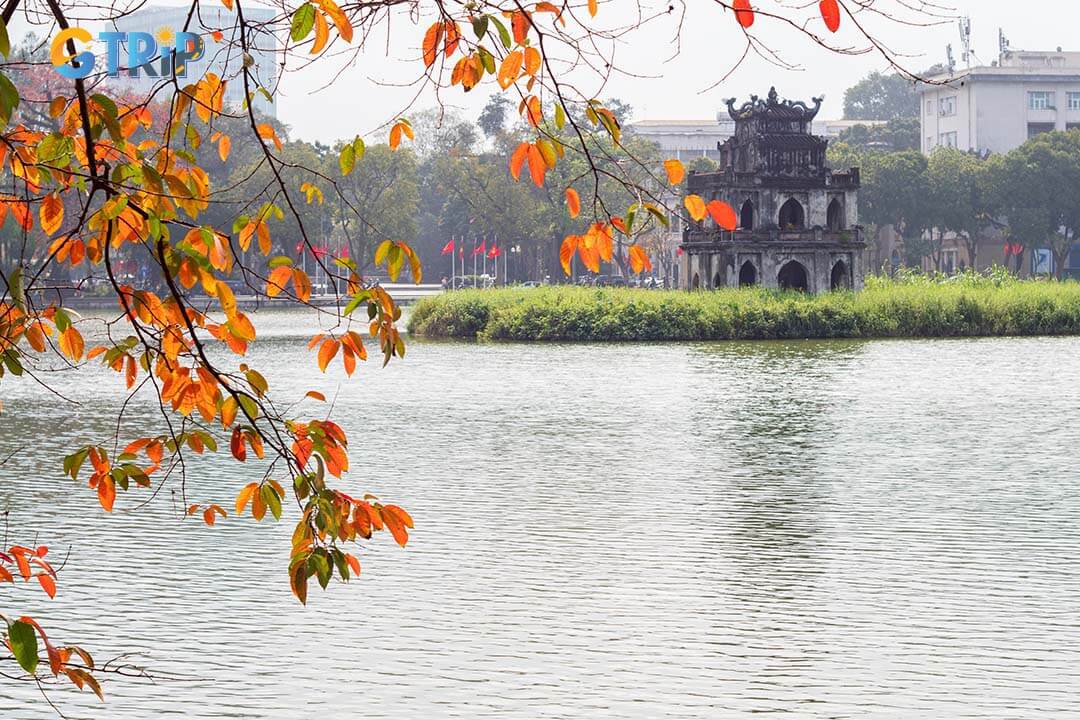
You can walk to Dong Xuan Market from Hoan Kiem Lake
History of Dong Xuan Market
Dong Xuan Market was established in 1889 by the French colonial administration as part of their urban modernization strategy for Hanoi. Built with steel frames, a corrugated iron roof, and five domes supported by iron arches, it became the largest covered market in northern Vietnam. Strategically located near Hoan Kiem Lake and Long Bien Bridge, the market served as a central hub for commerce, linking local artisans with regional traders. Its design blended French influence with function, marking a shift from street stalls to organized trade.
Over the decades, Dong Xuan Market has faced numerous challenges, including wars and natural disasters. A major fire in 1994 destroyed much of the market’s structure and inventory, leading to extensive reconstruction efforts in 1995. The rebuilding process preserved its historic façade while introducing modern safety features, expanding its area to nearly 14,000 square meters with around 2,000 stalls. This resilience has cemented its role as both an economic hub and a cultural landmark for Hanoi.

Dong Xuan Market, blending colonial design, local commerce, and cultural heritage in a historic urban hub
Today, Dong Xuan Market stands as a living archive of Hanoi’s history and evolution. Colonial foundations, wartime trials and post-reform revival, it has transitioned from a wholesale center for silk and spices to a dynamic space balancing retail and wholesale commerce. Beyond commerce, the market reflects Hanoi’s resilience and community, shaped by generations of stories and traditions.
The architecture of Dong Xuan Market
Dong Xuan Market stands as a vivid testament to Hanoi’s architectural evolution, blending French colonial influences with Vietnamese cultural elements and modern adaptations. Over its long history, the market has undergone numerous transformations, yet it remains a significant architectural and historical landmark in the heart of Hanoi.
Five-arched facade and symbolism
One of the market’s most distinctive features is its original five-arched facade, constructed in 1890 during French colonial rule. These arches are a hallmark of the market’s design, reflecting the French architectural style of the late 19th century. Some say the arches symbolize Hanoi Old Quarter trade guilds, but there's no solid historical proof. Functionally, the arches optimize ventilation and natural light - essential features for a large, covered market in a tropical climate.
Although the market suffered significant damage during the devastating 1994 fire, reconstruction efforts preserved the historical facade. The arches now symbolize open trade and reflect Vietnamese ideals of harmony and balance.
Colonial influence on design
Dong Xuan Market’s architecture was heavily influenced by French colonial planning. Its steel frame columns, iron trusses, and corrugated iron roofing were imported from France, showcasing industrial trends of late 19th-century Europe. The market adopted the "Grand Marche" model of covered shopping precincts, inspired by Parisian markets like Les Halles.
The functional layout segmented zones for textiles, fresh produce, household goods, and imported merchandise, with a central aisle for circulation and surveillance. High ceilings and clerestory windows eased tropical heat an enduring influence on Southeast Asian passive design.
Post-fire reconstruction and modernization
The catastrophic fire in 1994 destroyed much of Dong Xuan Market’s interior. The subsequent reconstruction expanded the usable area from approximately 6,500 m² to nearly 14,000 m², now spread across three floors. Modern upgrades like concrete columns, steel roofing, and safety systems meet today’s building standards.
During reconstruction, debates arose between heritage preservation and modernization. Ultimately, the colonial facade was retained to honor the market’s historical legacy, while the interior was modernized for functionality and safety. This blend of aged arches and modern interiors encapsulates Hanoi’s adaptive architectural ethos, a harmonious balance between history and contemporary needs.

Dong Xuan Market was rebuilt with modern infrastructure while preserving its colonial facade, reflecting Hanoi’s balance of heritage and progress
Today, Dong Xuan Market is more than just a commercial hub, it is a living archive of Hanoi’s layered architectural history. It harmonizes colonial design elements with Vietnamese cultural motifs and accommodates modern commercial demands. This balance between tradition and innovation makes Dong Xuan Market a symbol of resilience and continuity within Hanoi’s urban fabric.
6 things to do at Dong Xuan Market
Dong Xuan Market is a vibrant hub of culture, commerce and daily life, making it a favourite among Hanoi tours. Fresh produce, street food and fashion finds and traditional handicrafts, the market offers a rich sensory experience for both locals and travelers. If you're exploring during the day or visiting the lively night market, Dong Xuan promises a deep dive into the authentic rhythms of the capital.
1. Explore fresh produce and local ingredients
The ground floor of Dong Xuan Market is a bustling area dedicated to fresh food and local ingredients. Here, you can find a wide variety of seafood, fresh meat, vegetables, tropical fruits, herbs, and spices sourced from across northern Vietnam. This section also includes a unique pet market where vendors sell fish, birds and other small animals. The lively atmosphere offers a genuine glimpse into the everyday shopping habits of Hanoi residents and is perfect for food lovers and curious travelers.
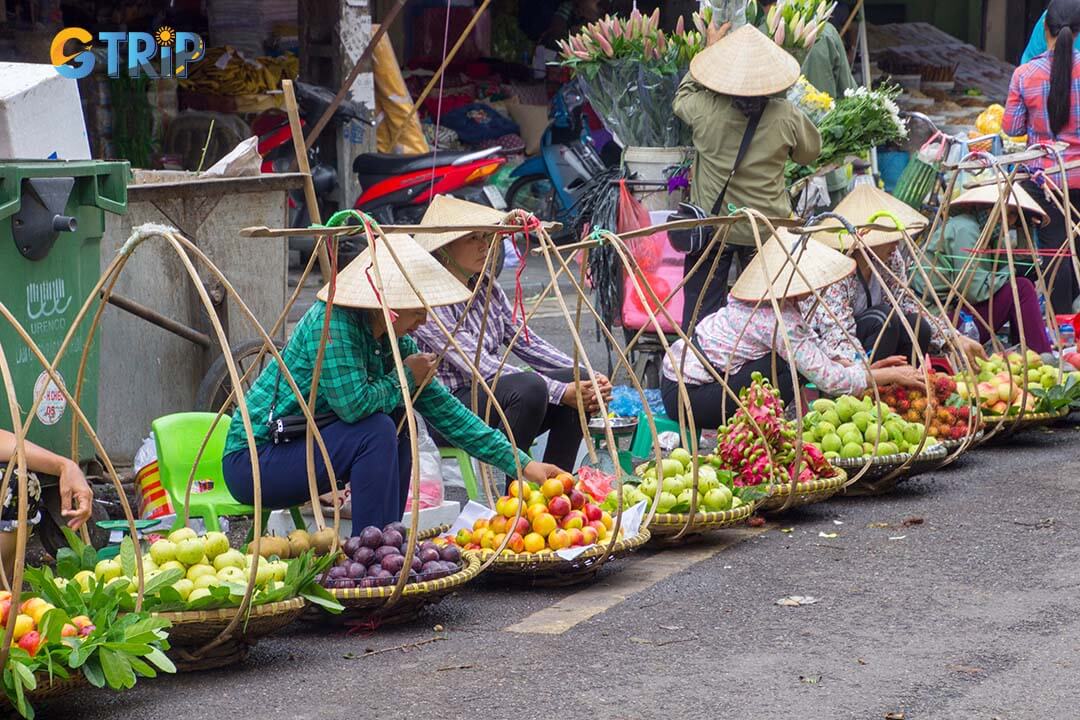
The ground floor of Dong Xuan Market buzzes with fresh produce, spices, and even a pet section, offering a vibrant slice of daily life in Hanoi
2. Shop for clothing, accessories, and fabrics
The second and third floors of the market are a paradise for fashion enthusiasts and textile lovers:
- Second floor: Specializes in clothing for adults, footwear, bags, and accessories. You’ll find a mix of affordable fashion items, many imported from China, as well as traditional Vietnamese fabrics like silk and cotton. This floor caters both to retail customers and wholesale buyers.
- Third floor: Focuses on baby and children’s clothing, toys, and maternity wear. It’s an ideal place for parents or gift shoppers.
3. Hunt for unique souvenirs and handicrafts
Dong Xuan Market is a great place to find authentic Vietnamese souvenirs and handicrafts. Popular items include silk scarves, lacquerware bowls and trays, ceramic products, coffee beans, and traditional textiles. Engaging with vendors and bargaining can lead to discovering unique gifts at reasonable prices, supporting local artisans and preserving cultural crafts.
4. Savoring authentic local cuisine
The market features a vibrant food court and numerous street food stalls where visitors can indulge in authentic Vietnamese dishes. Popular options include pho (noodle soup), banh mi (Vietnamese sandwich), fresh spring rolls, and regional specialties like chao suon sun (rice porridge with pork bones) and bun cha que tre (grilled pork with rice noodles). The food scene extends into the alleys around the market, offering a rich culinary experience that reflects Hanoi’s local flavors.
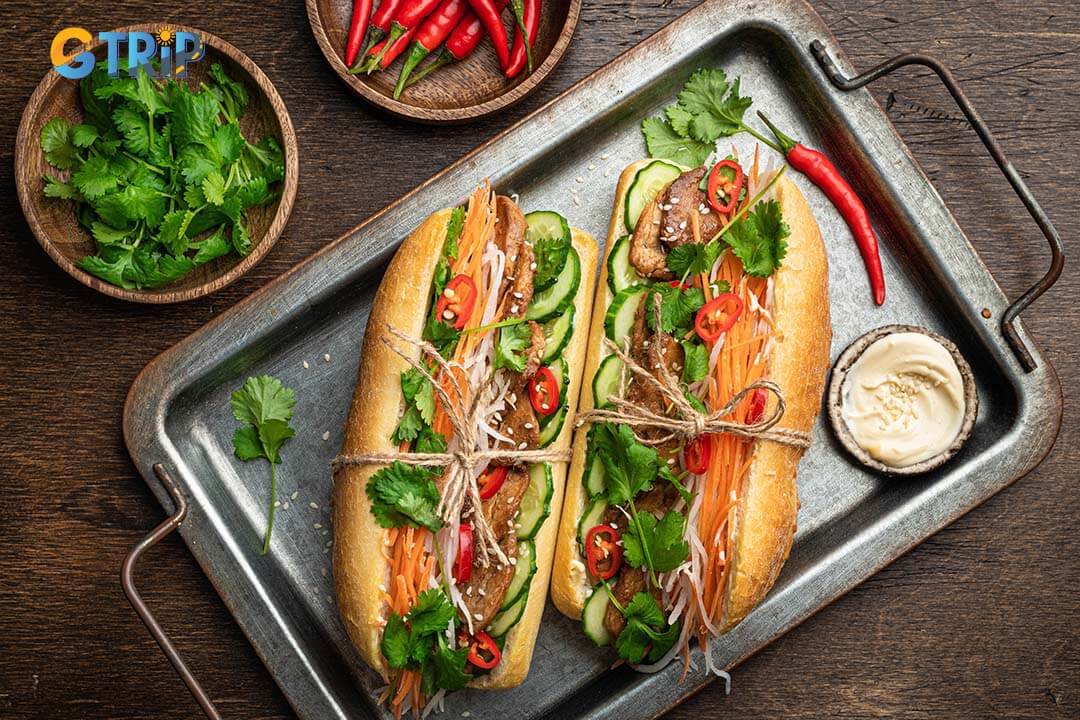
Dong Xuan Market’s food court and surrounding stalls serve up authentic Vietnamese dishes
5. Experience the Dong Xuan Night Market
From Friday to Sunday evenings, Dong Xuan Market transforms into a lively night market from 6:00 PM to 12:00 AM. The pedestrian-only street stretches from the market to Hang Dao Street, bustling with vendors selling clothes, accessories, souvenirs, handicrafts, and street food. You can enjoy live music, cultural performances, and games, making it a vibrant cultural and social gathering spot that offers a different experience from the daytime market.
6. Capture the local life and scenery at Dong Xuan Market
Dong Xuan Market offers street photographers a dynamic and visually rich environment to document Hanoi’s vibrant daily life. The bustling market is filled with colorful stalls, energetic vendors, and diverse crowds, providing endless opportunities for capturing candid moments. Early mornings and evenings are particularly ideal for photography, as the lighting enhances the architectural details and creates dramatic contrasts. The workers’ activities, interactions between locals, and the interplay of light and shadow in the market’s alleys make it a perfect spot for practicing “decisive moment” photography. Focusing on the architectural elements and the human stories unfolding within the market is a source of inspiration for photographers.
Nearby attractions to visit from Dong Xuan Market
Dong Xuan Market, as a central point in Hanoi's Old Quarter, offers easy access to several significant attractions that enhance the cultural and historical experience for visitors. These locations, each with unique characteristics, provide insights into Hanoi's heritage and daily life, complementing a visit to the bustling market.
Hoan Kiem Lake
Hoan Kiem Lake is a central Hanoi landmark, offering tranquility amid the bustling city. Named after a 15th-century legend of Emperor Le Loi and a magical sword, the lake is a hub for morning exercises, leisurely strolls, and weekend pedestrian festivities. Its cultural significance and scenic charm make it a must-visit complement to Dong Xuan Market.
Ngoc Son Temple
Ngoc Son Temple sits on a small island in Hoan Kiem Lake, accessible via the iconic scarlet Huc Bridge. Dedicated to General Tran Hung Dao, Van Xuong Saint, and La To, the temple showcases Vietnam’s syncretic religious traditions. The complex features the Pen Tower, Ink Slab, and Pavilion Against Waves, offering historical relics, serene spaces, and traditional architecture. Entrance is around 30,000 VND (~$1.30), making it an affordable cultural highlight near Dong Xuan Market.

Ngoc Son Temple, set on Hoan Kiem Lake and reached via the iconic red Huc Bridge, offers a peaceful glimpse into Vietnam’s spiritual and architectural heritage
St. Joseph’s Cathedral
St. Joseph’s Cathedral, built in 1886 in neo-Gothic style and inspired by Notre-Dame de Paris, is one of Hanoi’s oldest churches. Featuring twin bell towers and stained glass windows, it remains an active place of worship while attracting tourists who admire its architecture. Located near Dong Xuan Market, the cathedral offers a striking contrast to the bustling streets, blending European design with Hanoi’s local culture and vibrant surroundings.
Bach Ma Temple
Bach Ma Temple, one of Hanoi’s oldest temples, dates back to the 11th century and honors Long Do, the deity said to protect the ancient citadel of Dai La. Legend has it that King Ly Thai To’s walls repeatedly collapsed until Long Do traced the layout with a white horse’s footprint, giving the temple its name. Featuring traditional Vietnamese architecture, intricate carvings, and serene courtyards, the temple remains an active place of worship. Along with nearby attractions, it enriches a visit to Dong Xuan Market, offering a blend of cultural, historical, and spiritual experiences in Hanoi.
Travel tips for visiting Dong Xuan Market
Dong Xuan Market, with its chaotic charm and historical roots, offers one of the most vibrant local experiences in Hanoi’s Old Quarter. But navigating such a dense, fast-paced environment can be overwhelming without preparation. Below are practical and culturally sensitive tips to help you explore the market with confidence and awareness:
- Dress modestly and be culturally respectful: Vietnamese culture values modesty, especially in traditional spaces like markets. While there's no strict dress code, wearing knee-length bottoms and avoiding revealing tops is considered respectful, especially when interacting with older vendors. Lightweight, breathable clothing is ideal due to Hanoi’s humid climate, but do carry a light jacket during the cooler months (November to February).
- Be mindful of your behavior and body language: Dong Xuan Market is a working space for local traders a tourist site. Avoid speaking loudly, interrupting negotiations, or blocking alleys for long photo sessions. Smiling and using polite gestures go a long way. If bargaining, maintain a friendly tone, aggressiveness may backfire and offend.
- Ask before taking photographs of people: While the colorful stalls and bustling energy make for great photos, not all vendors are comfortable being photographed. Always ask permission with a simple gesture or a few Vietnamese words like “Toi co the chup anh duoc khong?” (Can I take a photo?). If declined, respect their decision. For shots of the architecture or general scenes, you’re free to shoot, but avoid blocking walkways.
- Expect crowds, especially on weekends and holidays: Dong Xuan is busiest on Saturdays and Sundays, particularly during the night market (6:00 PM to 11:00 PM). Crowds increase significantly during Tet (Lunar New Year) and national holidays. To avoid peak congestion, visit on weekday mornings between 8:00 AM and 10:30 AM. Be aware that noise levels can be intense due to motorbikes, shouting vendors, and narrow spaces, so those sensitive to sound might consider earplugs.
- Protect your belongings against pickpocketing: Like any busy market worldwide, pickpocketing can occur. Keep your bags zipped and close to your body, ideally worn in front. Money belts or crossbody bags with anti-theft features are advisable. Avoid flaunting expensive items like jewelry, smartphones, or cameras when not in use.
- Cash is king: Most stalls inside the market only accept cash (Vietnamese dong). Carry small denominations like VND 10,000, 20,000, and 50,000 for convenience. If you run low, nearby ATMs are available within a 200-meter radius, including branches of Vietcombank and BIDV. Exchange counters are also available along Hang Bac Street, about a 10-minute walk away.
- Beware of common tourist scams: Some travelers report inflated prices, especially if sellers suspect you’re unfamiliar with local rates. Always ask for the price first, and feel free to walk away if it seems too high. Watch out for “bait and switch” tactics - where a different or lower-quality item is packed than what you selected. Double-check your purchases before paying.
- Practice fair bargaining: Haggling is expected, but it should be done respectfully. Start at 60-70% of the asking price and aim to settle around 70-80%. If the vendor resists or seems upset, it’s often best to smile and move on rather than push further. Remember, small price differences may not matter much to you but can be significant to a local seller.
- Bring your shopping bag: Plastic waste is a growing issue in Vietnamese markets. Carrying a reusable tote helps reduce environmental impact and makes it easier to carry your purchases, especially if you plan to buy bulk items or souvenirs from different vendors.
- Stay hydrated and take breaks: The market’s multi-level structure and crowded alleys can become exhausting quickly. Carry a bottle of water, and take breaks at nearby cafes along Hang Chieu or Hang Ma Streets. These spots offer a peaceful contrast where you can review your purchases or plan your next stop.

Dong Xuan Market is a vibrant maze of sights, sounds, and scents, and with the right tips, you can navigate its lively chaos with confidence and cultural respect
Dong Xuan Market is a dynamic intersection of history, culture, and everyday life in Hanoi’s Old Quarter. This guide highlights Dong Xuan’s significance, from its colonial roots to its role in local trade, food, and culture. If you’re curious to dive deeper into other essential hubs that shape Hanoi’s cultural economy, explore articles from GTrip - Vietnam Travel Agency on the Hanoi Old Quarter. Where the city’s sensory experience unfolds in completely different ways.

